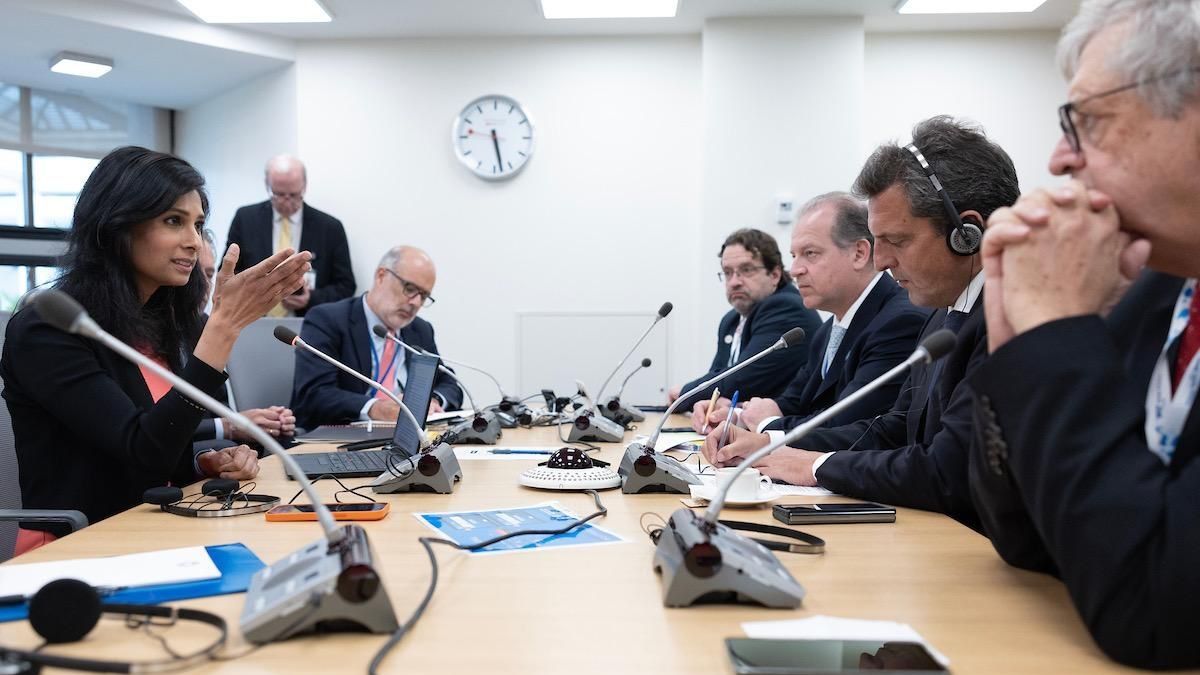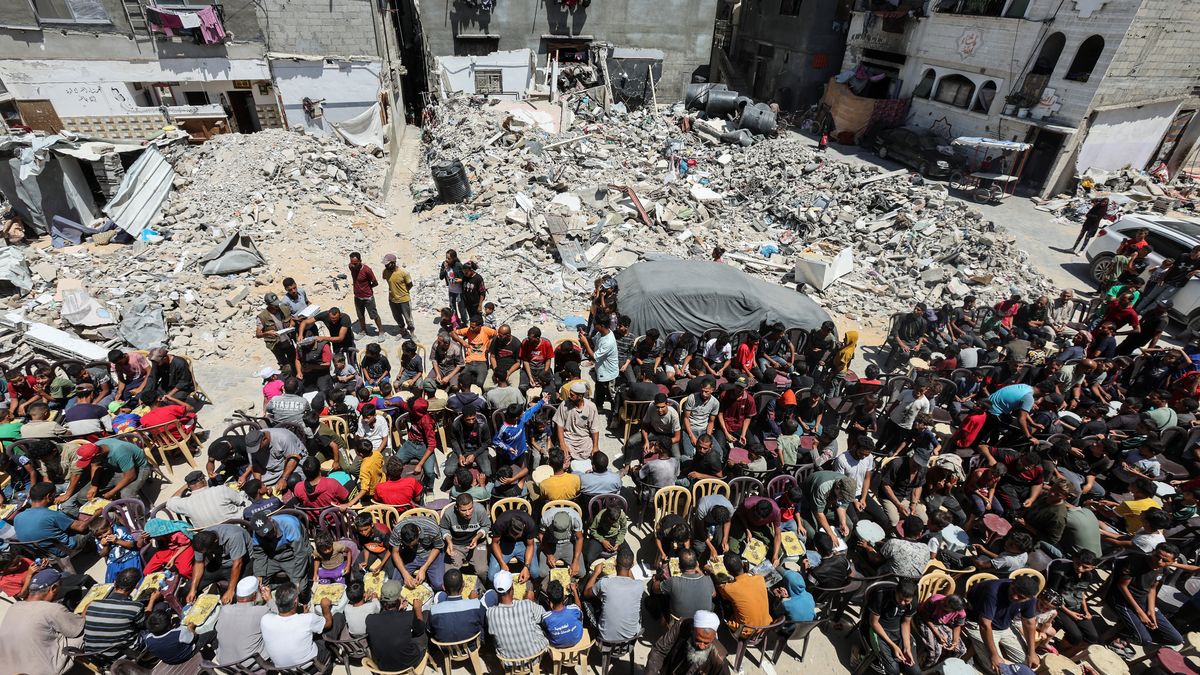Next Tuesday the Minister of Economy, Sergio Massa, will leave for the United States with the intention of being present in Washington, headquarters of the International Monetary Fund (IMF), on the occasion of the board meeting of the agency, as confirmed by a high-ranking source from the Palacio de Hacienda to Ambit. This meeting will be key since it is expected to unlock a pending disbursement of 7,500 million dollars for Argentina, while the economic leadership is managing additional funds.
The official intention is to obtain two disbursements, one for about 8,000 million dollars on August 23 and another for 2,250 million dollars the first week of Novemberaccording to official sources commented to this medium.
Strain
The minister’s trip comes at a time when the exchange market shows strong changes. The unexpected triumph of the libertarian candidate javier milei in the primary elections hit the markets negatively this Monday, with falls of up to 15% in the value of bonds, setbacks that reached 9% in Argentine shares and a skyrocket in the prices of alternative dollars – the blue rose $80 (13.22%) at $685.
This Tuesday the parallel dollar continued to climb: it jumped other $45until reaching the unprecedented number of $730 for sale. In this way, he accumulated an increase of $125 in two days (+20.7%). In this framework, the gap with the official exchange rate it reached 108.6%.
In this context of uncertainty, financial dollars also shot up by almost $50 and the CCL ended up over $700.
In order to face the tensions suffered by the external sector, the Ministry of Economy adopted two measures on Monday. On the one hand, it ordered a 22% increase in the official exchange rate (it went from $287 on Friday to $350), seeking to keep it fixed until October.
On the other, it decided to raise the monetary policy rate by 21 percentage points in order to retain deposits in pesos. Thus, the nominal rate of the 28-day LELIQ went from 97% to 118% (209% annual effective rate).
Given the “discreet jump” in the exchange rate, economic analysts questioned the effectiveness of the devaluation in a context of negative reserves in the Central Bank and without other resolutions accompanying the measure.
devaluation “It was a decision taken by the Ministry of Economy, a proactive reaction” to the exchange tensions that have been generated in recent days, they affirm for their part in the Palacio de Hacienda. In this way, they rule out that the measure was imposed by the IMF.
Coincidentally, a statement from julie kozackDirector of Communications of the organization in which she stated that “We value the recent policy actions of the authorities and the commitment to safeguard stability, rebuild reserves and strengthen fiscal order”.
In that same communiqué it was pointed out that, after the agreement reached at the technical level on the revision of the Argentine program, at the end of last July, the Fund’s Board of Directors is expected to meet on Wednesday, August 23 to unlock the pending draw of $7.5 billion.
In this regard, a high source from the Ministry of Economy told Ámbito that “It is negotiating” that the disbursement may be greater than 7,500 million dollars “to intervene” in the exchange market and prevent the gap between the official dollar and the financial ones from widening.
Bookings
Meanwhile, the authorities indicate that the measures adopted are allowing a recomposition of reserves. This Tuesday the Central Bank bought for the second day, this time with a positive balance of 125 million dollars. In the week it accumulates 346 million dollars and in August 484 million dollars.
The daily purchase average for the current month is 44 million dollars, surpassing the previous record for May, of 42 million dollars per day, when the export promotion plan was in force.
According to private calculations, the BCRA’s net reserves are in negative territory for a figure of more than 8,000 million dollars.
Source: Ambito




